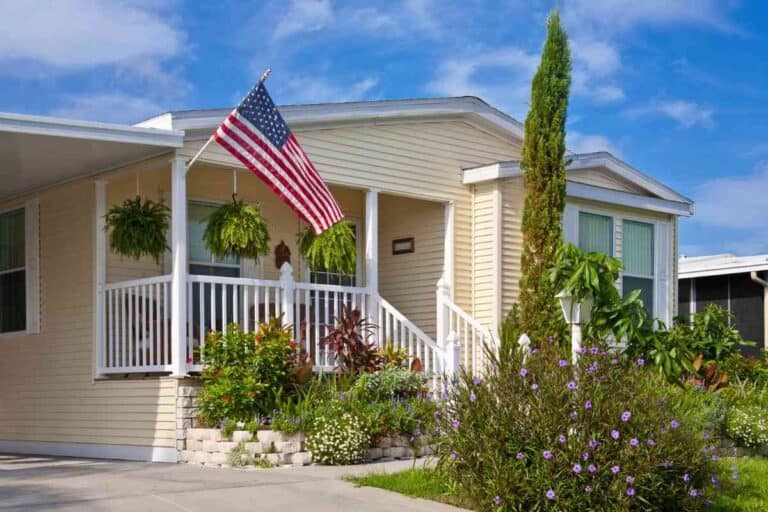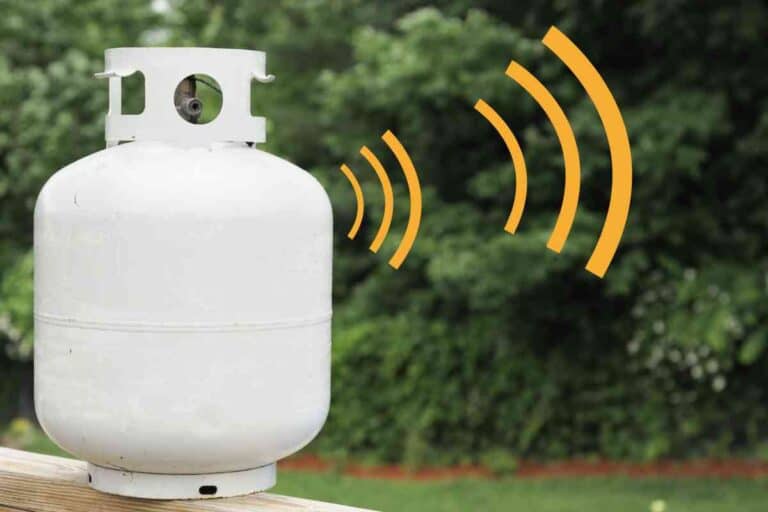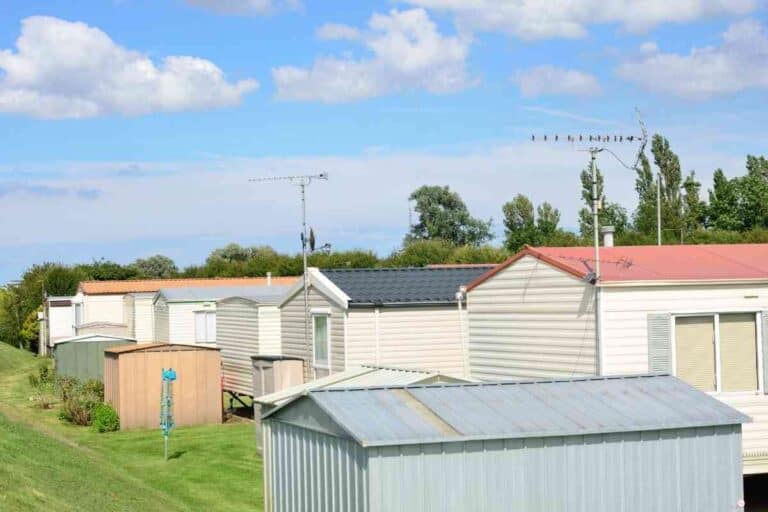How To Adjust Your Water Softener Hardness Settings In Seconds!
Learn how to adjust your water softener hardness settings to transform your hard water into the perfect balance of softness for your home’s needs.
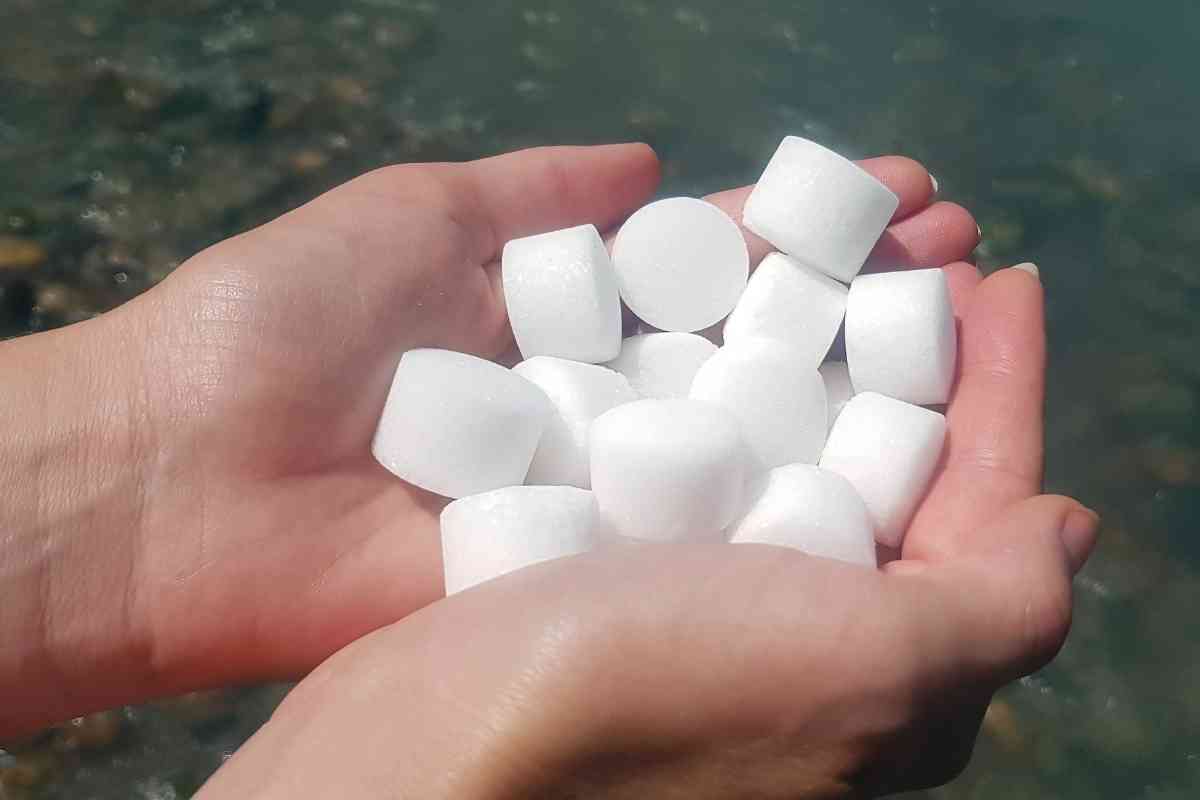
How To Adjust Your Water Softener Hardness Settings In Seconds!
Adjusting your water softener hardness setting is a matter of changing settings on the softener itself. You’ll want to tell the water softener to use more or less salt, and to do so more or less often depending on your preferences.
We’ll explain the sometimes complex settings on your water softener and how they impact the hardness of your water. Included is also a discussion of potential changes to your water and how soft your water should be.
We’ve worked extensively on home improvement and know some of the signs that indicate your water has changed. We are also good at explaining how to make changes.
How soft should my water be?
Your water can be just about any softness level you wish, depending on your water softeners and salt’s ability.
| Grains Per Gallon | Hardness Level |
| Less than 1 | Soft |
| 1 to 3.5 | Slightly Hard |
| 3.5 to 7 | Moderately Hard |
| 7 – 10 | Hard |
| 10 or more | Very Hard |
Some users of water softeners are used to slightly harder water and don’t mind having water that measures a little harder.
They remove resin, calcium, and magnesium from your water.
Others want the best chance at truly soft skin, hair, and an easy-to-clean shower, so they’ll go for the softer end.
In some places, especially near mountains and rocky areas, water does in fact, come in pretty hard. These places will need a bit of help from a water softener. A mobile home might need more help too since the water can change regularly.
How do I adjust my water softener?
There are a few ways to change how soft your water becomes. Your water softener may also have a couple of methods to decide just the right time to introduce newly softened water to your home.
Adjustments you can make to your water softener, and how you can make them
The salt dose
This is probably the most important setting for your water softener because the amount of salt used has a big impact on how soft your water becomes. The salt dose is simply how much salt your water softener uses per cycle.
So you are aware, there are a couple of reasons why one would adjust the salt dose. If you feel like your water is becoming too hard, you may want to add a higher salt dose.
This could be for a couple reasons: Either your city or well water is becoming harder, or because the water softener itself is wearing out.
Since you are thinking about adjusting, you should keep in mind that if your water service professional set your salt dose based on the hardness of your water and the size and capacity of your tank.
We suggest writing down your current settings or taking a picture before making adjustments so that you can return to your original settings easier.
Setting salt dose with dials
Note that we recommend testing your water for salt levels before doing this, as it would otherwise be wasteful.
The salt dose dial is more often than not a circle with as many marks as your tank has gallons. The settings depend on the size of your tank and are often set under 13.
Consult with your tank manufacturer, but this will sometimes require the use of a screwdriver that loosens a screw that holds the dial in place.
This method isn’t the easiest because in many cases, you should only adjust the salt dose when you change water softeners, salt, or install something new.
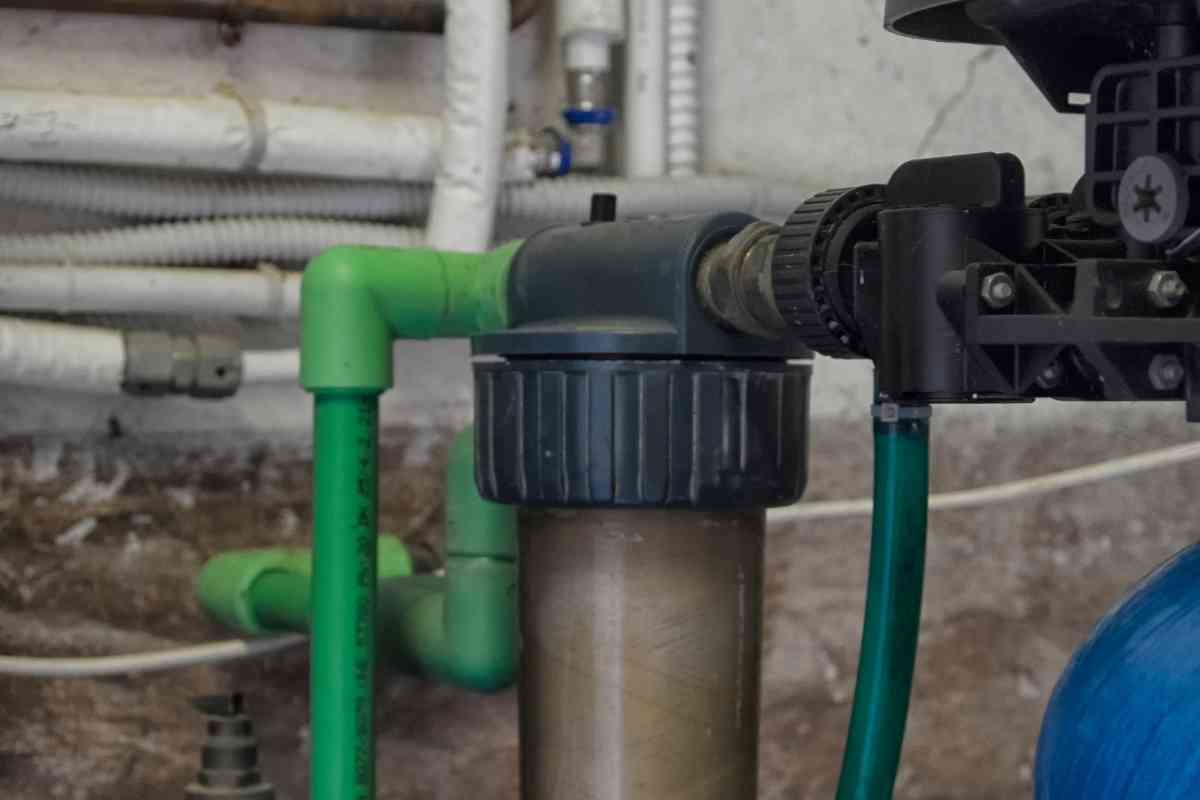
Regeneration Frequency
Regeneration frequency has a bigger impact on how often you have fresh softened water. Most water softeners give you the option to run regeneration – or have your water run through salt, once per day and the dial literally shows 1 to 7.
1 literally means that softened water is replaced just once per week. For people who don’t want to use much salt, or who aren’t home much, this can be a good setting. Most people will want to have soft water replaced at least a couple of times per week.
Like the salt dose, an analog water softener will have a dial that suggests the frequency of generation. You can turn this dial based on how many days per week you want the water softener to work.
Regeneration time
This setting can have a small impact on how soft your water is at the moment you use it. Your water softener does a good job of storing water and keeping it soft while it waits for you to run the shower or faucet, but if you want truly soft water for a shower you can change this.
Regeneration time tells you which day and hour to start the water softener. Have the water softener run for about an hour before you intend to shower or wash up.
This requires having a routine set and established and isn’t often adjusted.
A more common reason for adjusting the time is actually to avoid having a potentially loud water softener wake you up – so it can be set during the day when people are usually awake anyway.
The dial offered here most often has up to 24 settings based on the number of hours in the day.
How to change digital displays on water softeners
We generally suggest consulting your manual for the purpose, but we can give you a general idea of how to change the settings on your water softener’s digital display.
Water softeners with the digital display often have a couple of buttons for up and down or side to side that allow you to cycle through choices and adjust the softener.
Usually, adjusting a setting is as simple as pushing the up or down button to cycle through the number of days per week or the salt dose.
While dial changes sometimes require a screwdriver, digital displays are changed mostly just by holding one of the buttons down for a couple of seconds.
This is to ensure you don’t accidentally make a change while pushing through menus.
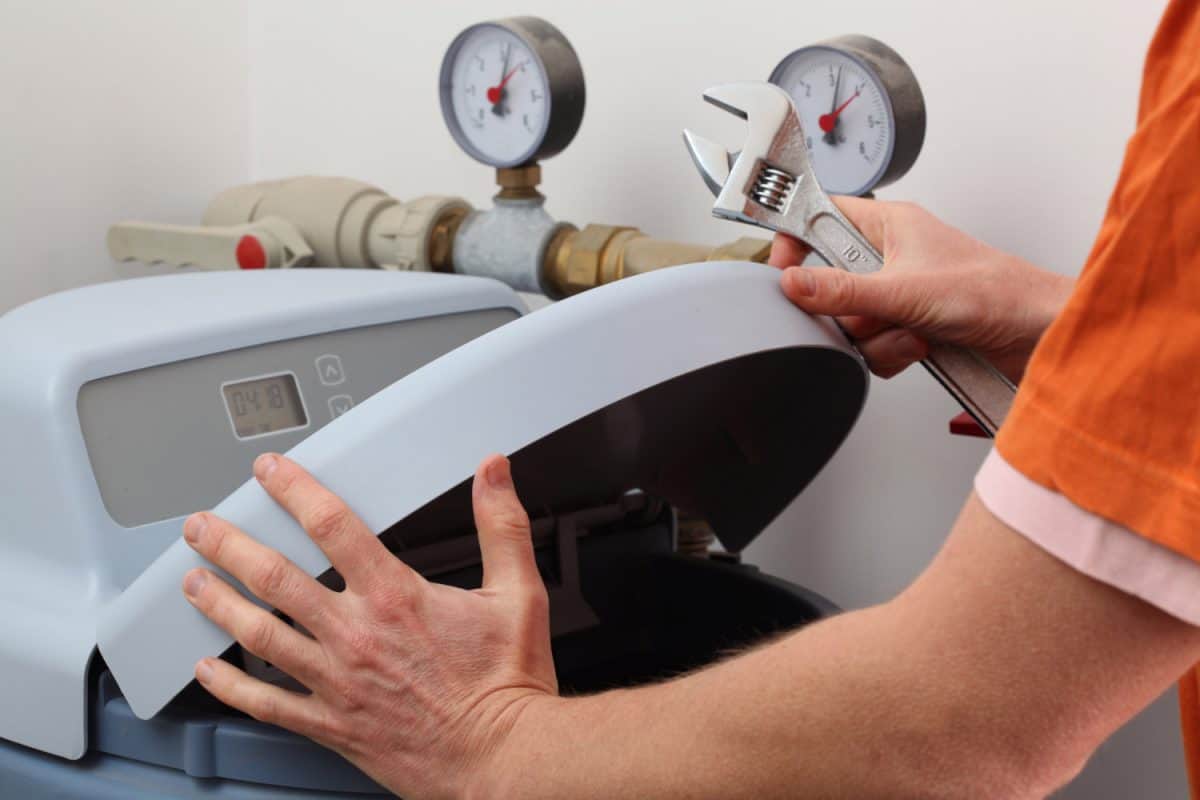
Before you change, test your water
Water softeners are programmed with a specific balance of salt, time, and capacity that are designed to fit your home’s needs. Your water service professional should set it for the most efficient and economical method too.
If you feel like the water coming out of your faucet or shower is getting harder, it might be time to test the water itself.
If your city or well water is becoming harder, it might be a problem for others and could have other issues that a water softener can’t help.
Shifts in water hardness can mean that minerals have been added – intentionally, or unintentionally, to your water supply.
Have your water checked for contaminants like lead, mercury, and other metals like iron. Iron makes water especially hard, and is preventable.
If the water coming in has not changed since you installed the softener, the problem might not be the softener itself.
If you are noticing water hardness issues, your water softener or even your water heater might have a problem.
Is my water softener getting old?
The average water softener lasts 10 to 15 years. After this time period, the water softener might have to start working harder to produce the same level of softness in water.
The harder your water softener has to work, the more likely it is to wear itself out faster.
If your water hasn’t changed, and you are noticing more hard water scrum in your bath – or drying out your skin, it’s possible that the softener just isn’t as efficient as it used to be.
While you can gradually make changes to the regeneration process, you’ll still want to replace your equipment eventually, or at least have the old one looked at.
Does my water heater impact the hardness of water?
While your hot water heater probably won’t add much metal to your water, it has the potential to, and it can make your water gross. If you notice an unusual smell in your water, the metal rod the hot water heater uses as a corrosion magnet may have a problem. These are relatively easy to replace and can offer many years of service.
Flushing your hot water heater out can help with water hardness. If you have lots of sediment and metal, the hot water heater can make water a bit harder than normal. Your hot water heater receives already soft water, so it could help undo the impact of salt.
What if I don’t adjust my water softener?
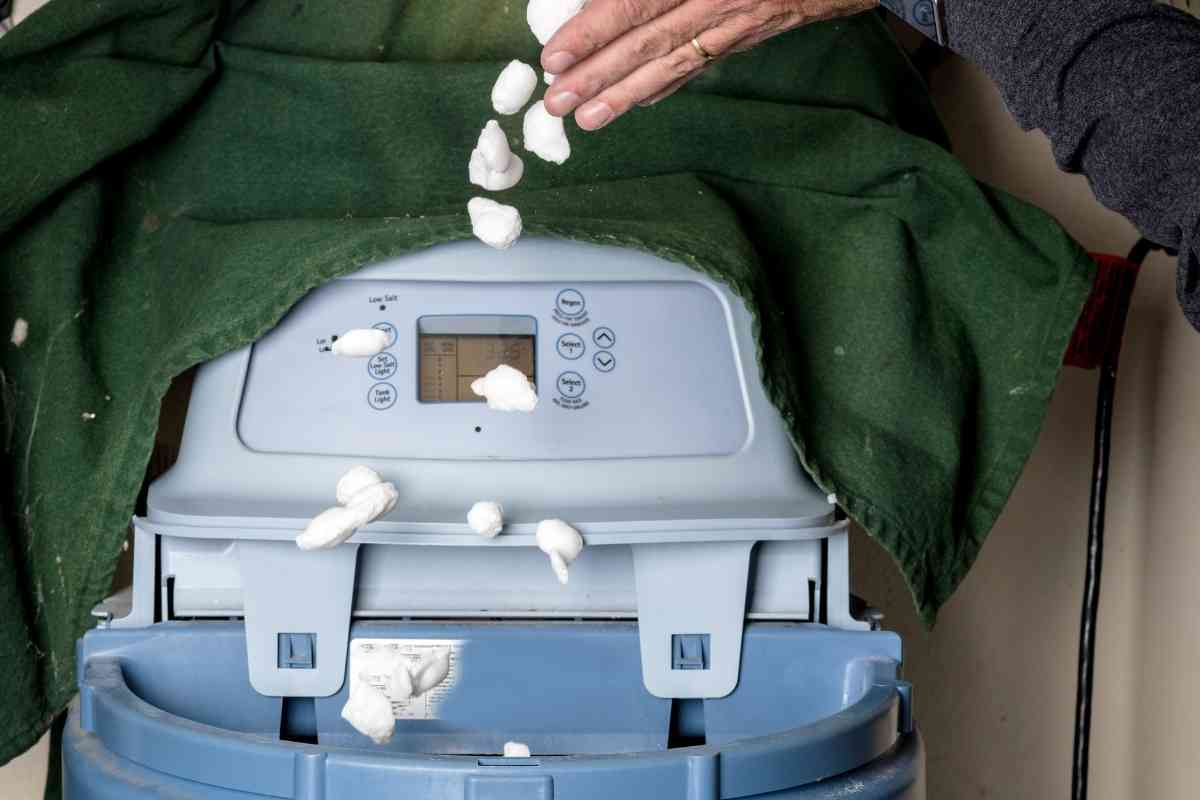
Our first suggestion is still to test your water. A couple of the biggest problems that hard water can cause include drying you out – but a much larger issue can pop up with your plumbing.
Hard, mineralized water can clog your pipes and wear down your plumbing.
Minerals can get stuck to the inside of drains and be difficult to remove by anyone but a professional, leaving you with either a relatively expensive repair bill to get them removed, or a bigger bill if they break.
Issues like this is why testing is very important. Your water service professional (or you!) should test the water before installing a water softener to know how to set it to produce the best, safest results.
Retesting is necessary to ensure the water softener is set to the right way to ensure the best operation.
If you do adjust, still test
The changes you make to your water softener should take effect as soon as the water softener runs next. By running tests about the mineral content of your water, you’ll know right away if the water coming out of your softener is too hard for you.
While you can still certainly go by “feel”, the test is important to know if there is a problem within the water softener.
Can I just add more salt to make my water softener work better?
The answer is, not really. The water service professional who installed your water softener hopefully did their due diligence and installed the right size of tank based on your household water usage.
Ideally, salt is added every month or two based on the salt usage. There shouldn’t be an excessive amount of salt available in the water softener.
If you are wondering why not, it’s because having too much salt can actually clog the water softener in a process known as “bridging.” Basically, salt bridges form and prevent the movement of water, which slows down if not stops the entire process of softening water.
You can also accidentally create a salt sludge at the bottom of your tank that will need cleaning out. Finally, your drinking water could become a bit salty, though it’s generally not a health risk unless you have serious high blood pressure issues and can’t consume salt at all.
Water softeners are a fairly fixed system. You should only add more salt if you are running low. The risks aren’t really worth trying to make your water softer.
Related Reading
- Water Softener Hardness Level
- 7 Ways To Quickly Troubleshoot A RainSoft Water Softener
- Kenmore Water Softener: The Ultimate Troubleshooting Guide
- Where To Drain Water Softener Backwash: 4 Safe Options
- How To Adjust Your Water Softener Hardness Settings
- How To Reset & Regenerate Your Culligan Water Softener
- How To Reset A PUR Filter [Solved In Seconds!]



